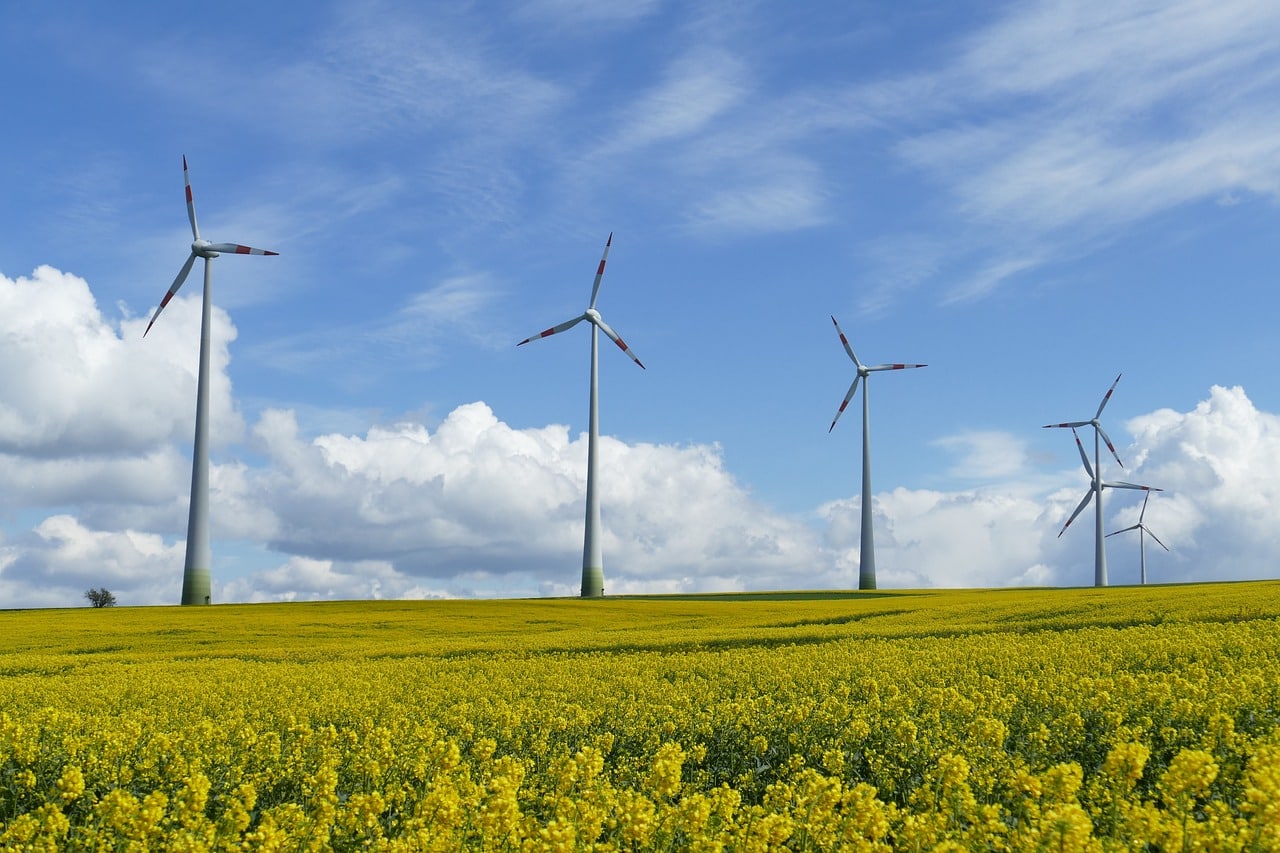
Solar energy is a renewable energy resource that can be used to generate, for example, electricity.
An energy resource is any substance or element capable of being used as a source of energy . The sun , for example, is the main source of energy for plants, humans and other organisms. In this framework, it is worth highlighting that solar energy is an essential renewable energy for life that favors food production and is key within strategies aimed at sustainable development .
In general, each alternative that is used as an energy resource originates in nature and requires different processes in order to be transformed and serve, in multiple contexts, as energy . It is interesting and amazing to keep in mind that, just as people need energy to be productive and stay in good condition, transportation requires energy to function and there are equipment, systems and devices that, without some kind of energy, do not provide cold or heat. , they don't start, etc.
Characteristics of each energy resource
Each energy resource has characteristics that allow it to be individualized and classified. Before listing them separately, it is necessary to distinguish two large groups: that of renewable energy and that of non-renewable energy .
In the first case, solar energy coexists (it is inexhaustible since it comes from the sun), wind energy (obtained by harnessing the power or force of the wind), hydroelectric energy (a mode in which the power of water is essential to generate energy). electricity), geothermal energy (a resource that uses the heat that the Earth houses inside), biomass energy (also known as bioenergy and obtained by taking advantage of organic matter) and tidal energy (achieved by taking advantage of the tides). In the second group, however, nuclear energy and fossil fuels (natural gas, coal and oil ) appear.
It is very important to be aware of the availability, or limited nature, of energy resources . Non-renewable resources require exploitation or consumption without excesses because they can be exhausted or not replaced in time, while with renewable resources there is no such risk due to their abundance, their perpetual essence or the ease or speed of regenerating them.

Windmills, allies of wind energy, allow energy to be produced from the wind.
Power generation and distribution
The generation and distribution of energy opens the game to several processes. In principle, the circuit to provide the electric energy service is made up of the energy generation stage, focusing on energy production , distributed generation (also called decentralized or on-site), cogeneration (a procedure intended to the simultaneous obtaining of thermal energy and electrical energy based on the same energy source or a single fuel) and in trigeneration (when refrigeration, heat and electrical energy are produced in parallel).
Already faced with the existence of an electrical network , the phases of energy transmission , energy distribution and energy storage are deployed. If bidirectional networks are established, the concept of Smart grid comes into play in order to identify each intelligent electrical distribution network . With the advancement of technology, the popularity of microgrids or solar energy micronetworks is also increasing, giving the opportunity to make one's own electrical production.

In order to be able to use electric vehicles, it is essential that multiple charging stations are distributed internationally.
Importance of energy resources in sustainable development
For sustainable development , the importance of energy resources is very high. It is essential to achieve energy consumption worldwide that does not leave room for waste: the objective is to adapt to guidelines of social sustainability and environmental care to achieve well-being without causing complications for future generations.
In the race to establish a sustainable system , experts on the subject indicate, an energy model must be developed, accessible to the entire population, that promotes energy sustainability (that is, combining social justice , control of environmental impact and security energy ) and is supported by so-called clean energy .
It is worth mentioning that the greenhouse effect causes and exacerbates climate change . For this reason, it is necessary to carry out as soon as possible an energy transition that aims at the emergence and use of an innovative model that favorably revolutionizes the production, distribution and consumption of energy, thus preventing greenhouse gas emissions from multiplying. In this context, biofuels (such as biodiesel and bioethanol ) arouse interest, although along with the advantages that are recognized there are points against that invite debate and that are associated with how much surface of natural areas is occupied to extract there sufficient raw materials and the money that its production demands, among other issues.
Hand in hand with clean technologies that significantly improve energy efficiency , small and large-scale energy savings , the use of alternative fuels and sustainable mobility that promotes, for example, electric vehicles , humanity will be able to inhabit one less planet. polluted and more pleasant, accessible, equitable and safe for all.
